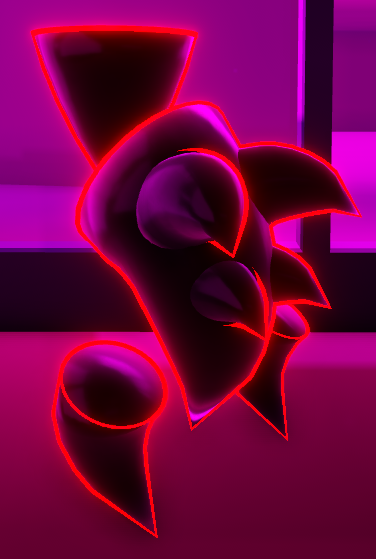
The drive that he saved, though, crashed for good on its second use after recovery.Ĭomputer users who follow proper anti-virus measures, including making sure that anti-virus programs are up to date and scanning computers regularly, should be able to avoid such disasters. He even lost a term paper due at the end of the week, which he had to rewrite.ĭenick, who lives in Boston, was able to eventually recover the data on his drive with one of the repair programs that was written in the wake of CIH. The lost hard drive "had everything I had ever written on, and I didn't have it backed up," he said. CIH stands for Chen Ing-Hau, the name of the creator of the real life version of the computer virus. Originally, a very long time ago (in mid 2018), CIH lacked Mine Knockback Resistance and was able to be flung by Mines. Its basically a smaller version of the character. However, when he rebooted his PC, "all I got was a message, 'Operating System not found.'" After hearing news reports and doing some research at his college's library, Denick determined that he had been struck by Chernobyl. It was the original size of CIH before it was added to the game.

This was common for him at the time, Denick said, and he thought nothing of it. At the time a college student, now a Web designer, Denick's brush with the virus began when his computer crashed while he was playing a 3D game. resident who got burned by Chernobyl was Thom Denick. During the virus' most famous outbreak, in 1999, China sustained more than $291 million in damage and Korea lost $300 million.Īlthough Chernobyl did not cause as much damage in the United States as it did internationally in 1999, one U.S.

The virus, which was first discovered in 1998, can delete a computer's entire hard drive and corrupt its BIOS, leaving it unbootable, Tokyo-based Trend Micro said. Bluetooth wireless connectivity set to take offĬhernobyl is unusually destructive and thus a medium risk.Cybernanny Web site hacked with vulgar language.Antivirus safety net has too many holes.


 0 kommentar(er)
0 kommentar(er)
